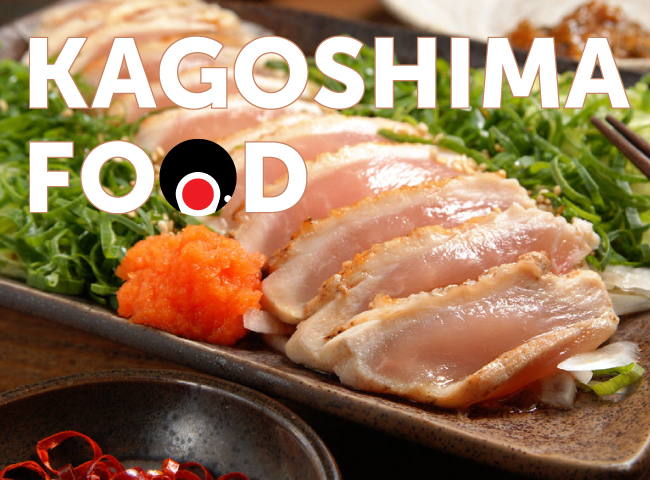Chawanmushi | Articles on Japanese Restaurants | Japan Restaurant Guide by Gourmet Navigator
Chawanmushi Summary

It is a cuisine said to have been born in the Edo period in the Kansai region, such as Kyoto and Osaka, and spread to Edo(the former name of Tokyo). It is an egg dish that is steamed, with ingredients such as whisked egg added to lightly flavored dashi(stock), with mitsuba, bamboo shoot, shiitake mushrooms, chicken, and kamaboko inside.
Wasyoku(Japanese Cuisine) encyclopedia : Chawanmushi
The ingredients are put in the container beforehand, then the whisked egg is poured in, lined up and put inside a tool called the "mushiki", then the lid is closed and steamed for around 20 minutes. When it is steamed for too long, the egg hardens, and the texture becomes bad. Usually, in the winters it is eaten hot, and in the summers, it is eaten cold. Since it requires tools such as the mushiki, and is a quite hassle to make, it is not cooked and eaten as much in the household. Since pre-made products are available at supermarkets, when eaten in the home, it is often bought. In addition , it is often served as part of a set meal at restaurants that serves Japanese cuisine . It was originally treated as a modification of soup, and if the chawanmushi is served in multi-course "Kaiseki" meals, sometimes soup will not come with it.
In recent years, however, the chawanmushi arriving with a soup dish is not uncommon . There is a local color in the ingredients, and sweet boiled chestnut is often seen in the Aomori and Hokkaido area, while other areas use ginkgo. Ingenuity of the cook can be seen, with ingredients such as a lily root , shrimp , white fish, grilled conger eel used in the dish. The appearance is smooth like Hatsu pudding, and eaten with a scoop of the spoon . As a development of chawanmushi, "Odamaki" is chawanmushi with the udon noodles added, adding tofu as an ingredient and pouring kudzu sauce after steaming is referred to as " Kuyamushi". " "Odamaki" is said to be an haute cuisine for merchants Kansai and eaten in celebrations,and because it was similar to noodles wrapping the hemp looked like "Odamaki", and was named as such. For "Kuyamushi ", also known as Kuya tofu, there is a theory that it was devised by a temple priest of Kuyanenbutsu, another theory says the dish shows a scene, with the square tofu represents the temple, while going in a circle while chanting Kuyanenbutsu around it. Either way, it is a cuisine considered close to Buddhist faith.








